Home>Garden Essentials>What Does Germinate Mean In Plants Of Flowers
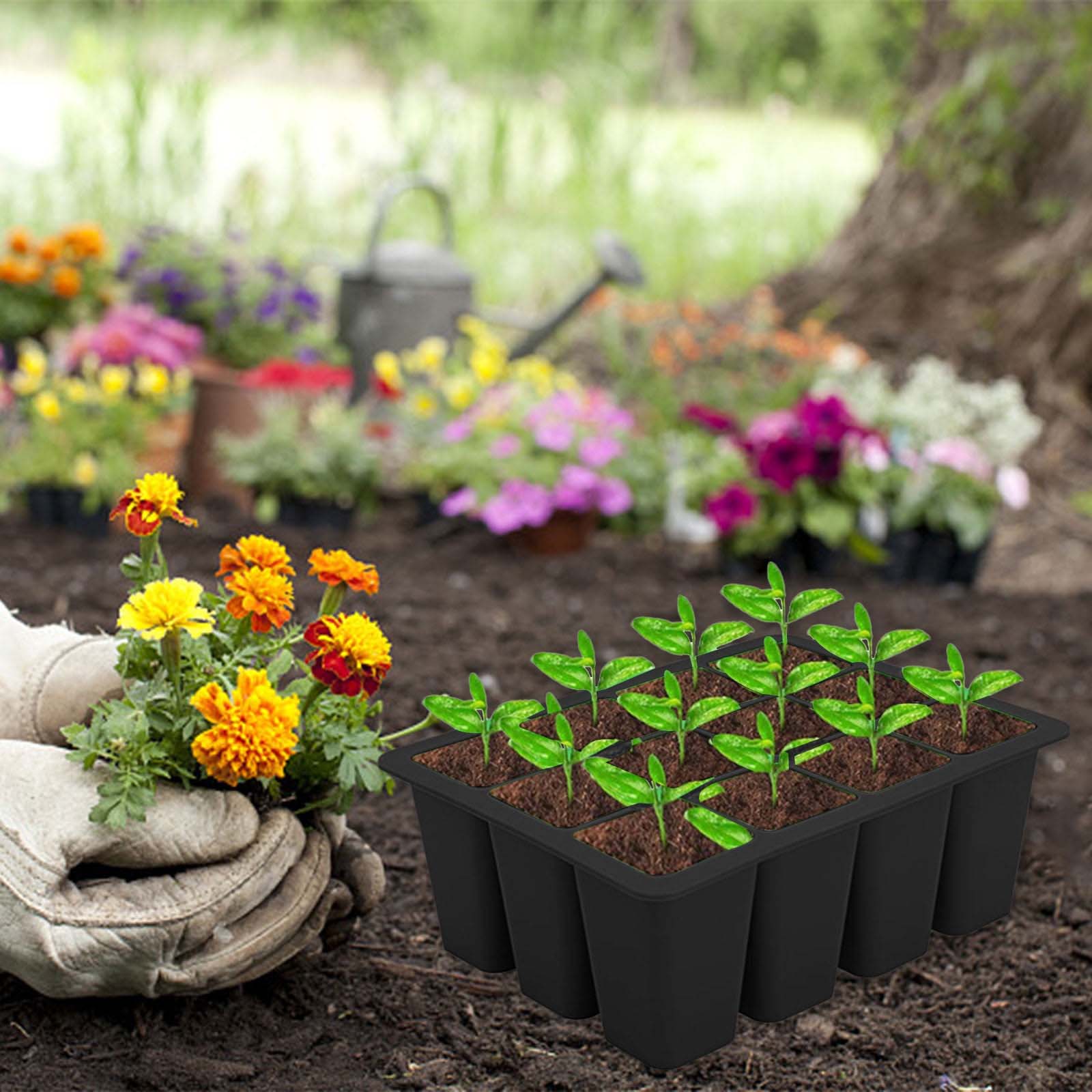

Garden Essentials
What Does Germinate Mean In Plants Of Flowers
Modified: March 15, 2024
Discover the meaning of "germinate" in the world of garden plants and flowers. Gain insights on how seeds sprout and turn into beautiful blooms in your garden.
(Many of the links in this article redirect to a specific reviewed product. Your purchase of these products through affiliate links helps to generate commission for Storables.com, at no extra cost. Learn more)
Introduction
Welcome to the fascinating world of gardening and plant biology! If you’re a gardening enthusiast or simply curious about how plants grow, understanding the process of germination is essential. Germination is a crucial stage in the life cycle of flowering plants, and it refers to the process by which a seed sprouts and begins to develop into a new plant.
In this article, we will explore the concept of germination and its importance in the growth and development of flowering plants. We will delve into the fascinating process of how seeds transform into plants, as well as the factors that can influence this critical stage. Additionally, we’ll discuss various germination techniques and the significance of germination for the overall life cycle of flowering plants.
So, whether you’re a seasoned gardener looking to expand your knowledge or a beginner eager to learn, grab your gardening gloves and let’s dive into the world of germination!
Key Takeaways:
- Germination is the exciting process where a seed wakes up, sprouts, and grows into a new plant, playing a crucial role in the life cycle of flowering plants.
- Factors like water, temperature, and seed quality influence germination, and techniques like scarification and stratification can help improve the success of growing plants from seeds.
Read more: What Does Full Sun Mean For Outdoor Plants?
Definition of Germination
Germination is the process by which a seed, once provided with the right conditions, breaks dormancy, and begins to sprout, giving rise to a new plant. It is a vital stage in the life cycle of flowering plants, marking the entry into the vegetative phase of growth.
During germination, several important events take place. The first is the absorption of water by the seed, known as imbibition. This triggers metabolic processes within the seed, causing it to awaken from its dormant state. As the seed takes in water, it swells and softens, allowing the protective seed coat to split or crack.
Next, the dormant embryo inside the seed starts to grow. It develops a root known as the radicle, which anchors the seedling into the soil and absorbs water and nutrients. The radicle is followed by the emergence of the shoot, consisting of the plumule, which will develop the plant’s leaves and stem.
Germination is a highly coordinated process that involves complex molecular and physiological changes within the seed. These changes are regulated by various hormones, including gibberellins, abscisic acid, and auxins, which help to control the activation of genes responsible for germination.
It is important to note that not all seeds undergo germination at the same time. Some seeds may need specific conditions to germinate successfully, while others may only germinate after a certain period of dormancy. In addition, some seeds have hard seed coats that require scarification, or mechanical or chemical treatment, to aid in the germination process. Understanding these factors is crucial for successful gardening or propagation of flowering plants.
Now that we have a clear understanding of what germination entails, let’s explore why this process is so vital for the growth and development of flowering plants.
Importance of Germination in Plants
Germination is a critical stage in the life cycle of flowering plants, and it plays a vital role in their growth and development. It is during germination that seeds transform into young seedlings, setting the stage for the plant’s entire life journey.
One of the primary reasons germination is important is that it allows plants to propagate and reproduce. By producing seeds and undergoing germination, plants ensure the survival and continuation of their species. Seeds serve as the vehicles for dispersal, allowing plants to colonize new areas and increase their population.
Germination is also essential for optimizing the use of available resources. A seed contains stored nutrients that provide the necessary energy for the young seedling to establish itself. As the seed germinates, these stored reserves are mobilized to fuel the growth of the root and shoot. This efficient utilization of resources during germination enhances the plant’s chances of survival, especially in challenging environments.
In addition, germination plays a crucial role in seed dormancy and seed banks. Seed dormancy is a mechanism that prevents seeds from germinating under unfavorable conditions, such as extreme temperatures or drought. Dormancy allows seeds to wait for more suitable conditions before germinating, increasing the chances of survival and maintaining genetic diversity in plant populations. Seed banks, which are collections of dormant seeds, act as reservoirs of genetic material that can be used for conservation, ecological restoration, and research purposes.
Furthermore, germination is an indicator of seed viability and quality. By testing the germination of seeds, gardeners, farmers, and seed suppliers can assess the vitality and vigor of the seeds. This information can guide proper seed selection, ensuring successful plant establishment and optimal yields.
The process of germination also has ecological implications. As the seedling emerges from the soil, it starts to photosynthesize, producing carbohydrates and releasing oxygen. This contributes to the overall carbon cycle and oxygen production, benefitting the surrounding ecosystem and supporting other organisms.
Overall, germination is a fundamental process that not only enables the reproduction and growth of flowering plants but also plays a pivotal role in their survival, resource utilization, genetic diversity, and ecological interactions. Understanding the importance of germination allows us to appreciate the intricacies of plant life and make informed decisions in our gardening practices.
Germination Process in Flowering Plants
The germination process in flowering plants is a fascinating journey that starts with the activation of a dormant seed and ends with the emergence of a young seedling. Let’s explore each step of this process in detail:
- Imbibition: The first step in germination is the absorption of water by the seed. This process, known as imbibition, activates various enzymatic reactions and metabolic processes within the seed. As the seed takes in water, it swells and softens, preparing it for the next stage.
- Seed Coat Splitting: Once imbibition occurs, the dormant embryo inside the seed starts to grow. The increasing pressure from the swollen seed causes the protective seed coat to split or crack. This allows the emerging root and shoot to penetrate through the seed coat and reach the soil surface.
- Root Development: The first structure to emerge from the seed is the radicle, which develops into the primary root of the seedling. The radicle elongates and anchors the seedling into the soil, providing stability and absorbing water and nutrients from the surrounding environment.
- Shoot Emergence: Following root development, the shoot starts to emerge from the soil. The shoot consists of the plumule, which houses the embryonic leaves and stem of the plant. As the shoot grows upward, it seeks sunlight for photosynthesis and further growth.
- Development of Cotyledons or Seed Leaves: In some flowering plants, the first pair of leaves to emerge from the seed are called cotyledons or seed leaves. Cotyledons play a vital role in providing nutrition to the developing seedling until it can produce its own food through photosynthesis. They may remain in the soil for a short period or emerge above the ground, depending on the plant species.
- Leaf and Stem Elongation: As the seedling continues to grow, the plumule elongates, and true leaves start to develop. The leaves enable the seedling to conduct photosynthesis, converting sunlight into energy. Simultaneously, the stem elongates, allowing the seedling to reach for optimal light exposure.
Throughout the germination process, hormones play a crucial role in regulating various physiological and biochemical changes. Gibberellins, for example, help stimulate seed germination and promote shoot growth, while abscisic acid inhibits germination and maintains seed dormancy in unfavorable conditions.
It’s important to note that the details of the germination process can vary depending on the specific plant species. Some plants may have additional structures such as endosperm, which provides further nutrition to the seedling. Additionally, environmental factors like temperature, light, and moisture levels can influence the speed and success of germination.
Understanding the germination process in flowering plants gives us insight into the miraculous journey that seeds embark upon to transform into thriving seedlings. By providing the optimal conditions and care during germination, we can help ensure the healthy development and growth of our beloved plants.
Factors Affecting Germination
Germination is a complex process that can be influenced by various factors. Understanding these factors is essential for successfully germinating seeds and promoting healthy plant growth. Let’s explore the key factors that can impact germination:
- Water: Adequate water availability is crucial for germination. Seeds require a specific level of moisture to activate metabolic processes and break dormancy. Insufficient moisture can halt or delay germination, while excessive moisture can lead to fungal diseases or rot. Providing the right amount of water, depending on the plant species, is vital for successful germination.
- Temperature: Temperature plays a significant role in germination, as it affects enzyme activity and metabolic processes. Different plants have specific temperature requirements for germination. Some seeds germinate best in cool temperatures, while others prefer warmer conditions. Understanding the temperature preferences of the plant species you are working with can greatly enhance germination success.
- Oxygen: Oxygen is necessary for energy production and respiration within the germinating seed. It is typically obtained from the surrounding air or soil. Proper aeration of the germination environment is crucial to ensure that the seeds receive adequate oxygen for their metabolic processes.
- Light: Light requirements for germination vary among different plant species. Some seeds require light to trigger germination, while others require darkness. Those that require light are often surface-sown, while those that require darkness are typically buried in soil. Providing the appropriate light conditions can significantly impact the germination success of certain plant species.
- Seed Quality: The quality and viability of seeds can greatly affect germination. Fresh, high-quality seeds have a higher likelihood of successful germination compared to old or damaged seeds. It is important to ensure that the seeds are obtained from reliable sources and stored under proper conditions to maintain their viability.
- Seed Dormancy: Some seeds have innate dormancy mechanisms that prevent immediate germination, even under favorable conditions. Dormancy can be caused by factors such as hard seed coats, chemical inhibitors, or physiological processes. Scarification, stratification, or exposure to specific environmental cues may be required to break seed dormancy and initiate germination.
- Nutrients: While seeds contain stored nutrients to support initial growth, the availability of additional nutrients in the surrounding soil can enhance germination and subsequent plant development. Essential nutrients like nitrogen, phosphorus, and potassium play vital roles in seedling growth, and ensuring a nutrient-rich soil can positively impact germination success.
Understanding and manipulating these factors to create optimal germination conditions is key to successfully growing plants from seeds. By providing the right combination of water, temperature, oxygen, light, and nutrients, while also considering factors like seed quality and dormancy, you can significantly increase the chances of successful germination and promote healthy plant growth.
Germination is the process where a seed starts to grow into a new plant. It requires water, oxygen, and the right temperature. Keep soil moist and warm to help seeds germinate.
Read more: What Plants Germinate In Winter
Germination and Flowering Plants’ Life Cycle
Germination is a pivotal stage in the life cycle of flowering plants, marking the beginning of their growth and development. Understanding the relationship between germination and the life cycle of flowering plants provides valuable insights into the overall process. Let’s explore how germination fits into the life cycle:
1. Seed Formation: The life cycle of a flowering plant begins with the formation of a seed. After successful pollination, the ovule in the flower’s reproductive structures undergoes fertilization and develops into a seed. The seed contains the dormant embryo, which is the precursor to the future plant.
2. Seed Dispersal: Following seed formation, dispersal mechanisms come into play. Seeds need to be transported away from the parent plant to colonize new areas and ensure genetic diversity. Dispersal can occur through various means such as wind, water, animals, or human intervention.
3. Seed Dormancy: Upon landing in a suitable environment, seeds may enter a period of dormancy. Dormancy prevents immediate germination in unfavorable conditions and allows the seed to wait for more favorable circumstances. Factors like temperature, light, moisture, or chemical inhibitors can influence dormancy.
4. Germination: When the environmental conditions are right, germination begins. As the seed absorbs water, enzymes are activated, and metabolic processes kickstart. The embryo swells, and the seed coat splits. The roots emerge first, anchoring the seedling, followed by the shoot, which gives rise to leaves and stems.
5. Vegetative Growth: With the successful emergence of the seedling, the vegetative growth phase begins. The young plant develops leaves, stems, and roots, increasing its biomass through photosynthesis. During this stage, the plant focuses on establishing a sturdy root system and gathering energy through sunlight and nutrient absorption.
6. Reproductive Phase: As the plant matures, it enters the reproductive phase. This is when the plant produces flowers, allowing for pollination and fertilization to occur. The fertilized flowers develop into fruits, protecting the developing seeds within. The life cycle comes full circle as new seeds are formed and prepared for dispersal, starting the process anew.
7. Senescence and Death: Eventually, flowering plants reach the end of their life cycle. Senescence, or the aging process, sets in, leading to the degeneration of the plant’s tissues and eventual death. As a part of nature’s cycle, the decaying plant releases nutrients back into the environment, enriching the soil for future plants.
Through the phases of seed formation, dispersal, dormancy, germination, vegetative growth, reproduction, senescence, and death, flowering plants follow a remarkable life cycle. Germination is a crucial step within this cycle, acting as the gateway to new plant life. Understanding and supporting germination optimally will result in stronger, healthier plants and contribute to the continuation of a thriving ecosystem.
Germination Techniques for Flowering Plants
Germination techniques play a critical role in ensuring the successful growth of flowering plants from seeds. While many seeds will germinate naturally in the right conditions, certain techniques can help improve germination rates, overcome dormancy, and provide optimal growing environments. Let’s explore some common germination techniques for flowering plants:
- Scarification: Some seeds have hard seed coats that prevent water absorption, hindering germination. Scarification involves mechanically or chemically breaking or thinning the seed coat to allow water to penetrate. Techniques like abrasion, nicking, or soaking seeds in hot water can facilitate germination in seeds with tough outer coats.
- Stratification: Stratification is a technique used for seeds that require a period of cold treatment to break dormancy. It simulates the natural winter conditions necessary for germination. Seeds are typically kept at low temperatures, often in moist conditions, for a certain duration. This chilling period helps overcome dormancy and prepares the seeds for germination once conditions become favorable.
- Soaking: Some seeds benefit from pre-soaking before sowing to enhance water absorption and initiate germination. Soaking can soften the seed coat and help trigger metabolic processes. However, not all seeds require soaking, and over-soaking can lead to complications. Researching the specific requirements of the plant species in question is crucial before employing this technique.
- Warm Stratification: In contrast to cold stratification, warm stratification involves subjecting seeds to warm temperatures to stimulate germination. This technique is particularly useful for plants native to warm climates that naturally experience high temperatures during germination. Seeds are often soaked in warm water or placed in a warm environment to initiate germination.
- Sowing Depth: The depth at which seeds are sown can significantly impact germination success. Some seeds require light for germination and should be sown on the soil surface, lightly pressed in for good seed-to-soil contact. Others necessitate darkness and are buried at a specific depth. Understanding the specific requirements of the plant species will guide proper sowing depth.
- Moisture Control: Proper moisture management is essential for successful germination. Seeds need a consistently moist environment to absorb water and initiate growth. Techniques such as misting, using a seed tray with a lid or plastic wrap, or using a propagation mat can help maintain optimal moisture levels during germination.
- Optimal Temperature: Controlling the temperature during germination is crucial, as it influences the speed and success of the process. Research the specific temperature preferences of the plant species you are working with and provide the appropriate temperature range. Using a seedling heat mat or a controlled environment can help maintain the desired temperature for germination.
- Beneficial Fungi: Some flowering plants form symbiotic relationships with mycorrhizal fungi, which can enhance germination and overall growth. These fungi help improve nutrient uptake, enhance root development, and protect against pathogens. Incorporating mycorrhizal inoculants or using mycorrhizal-rich soil can promote optimal germination and plant establishment.
It’s important to note that not all germination techniques are suitable for every flowering plant species. Each plant has unique requirements and preferences. Therefore, researching the specific needs of the plant species you are working with is crucial for successful germination.
By employing germination techniques like scarification, stratification, soaking, controlling sowing depth, moisture levels, and temperature, and utilizing beneficial fungi, you can improve germination rates, overcome dormancy, and create an optimal environment for the successful growth of flowering plants from seeds. Experiment, learn, and adapt these techniques to maximize germination success and enjoy a flourishing garden.
Significance of Germination for Flowering Plants
Germination is of utmost significance for flowering plants, as it marks the initiation of their life cycle and sets the stage for their growth, development, and reproduction. Let’s delve into the key reasons why germination is so crucial for flowering plants:
1. Population Expansion and Genetic Diversity: Germination allows flowering plants to propagate and establish new populations. By producing seeds and undergoing germination, plants ensure the continuation of their species and the expansion of their distribution. This not only promotes genetic diversity within plant populations but also allows for adaptation to changing environmental conditions.
2. Resource Utilization and Efficiency: During germination, seeds utilize stored nutrients for initial growth. This efficient use of available resources allows young seedlings to establish themselves and develop a strong foundation of roots, stems, and leaves. By optimizing the use of stored reserves, germination helps plants survive in challenging conditions, where resources may be limited.
3. Establishment of Strong Root System: Germination is the starting point for the development of a robust root system. As the seed germinates, the radicle, or primary root, emerges and anchors the seedling into the soil. This root system provides stability, absorbs water and nutrients, and establishes the crucial connection between the plant and its environment.
4. Photosynthesis and Energy Production: Germination leads to the emergence of the shoot and the development of leaves. Through photosynthesis, these leaves harness the power of sunlight to convert carbon dioxide and water into oxygen and glucose. This process provides the energy necessary for the growth and development of the plant, enabling it to produce its own food.
5. Seed Dormancy and Adaptation: Some seeds have built-in dormancy mechanisms that prevent immediate germination. This dormancy allows seeds to wait for favorable conditions before beginning the germination process. The ability to delay germination increases the chances of survival and ensures the plant can adapt to the appropriate growing conditions for optimal growth and reproduction.
6. Ecological Interactions and Ecosystem Services: Germination plays a crucial role in ecological interactions and the provision of ecosystem services. Flowering plants provide habitat, food, and shelter for a wide range of organisms. By germinating and growing, these plants contribute to the ecological balance, supporting pollinators, herbivores, and other organisms in the food web. They also contribute to environmental services such as air purification and soil stabilization.
7. Conservation and Restoration: Germination is significant for conservation efforts and ecological restoration. Understanding the germination requirements of rare or endangered plant species is crucial for their protection and propagation. By promoting germination and reintroducing plants into their natural habitats, we can contribute to the conservation and restoration of fragile ecosystems.
8. Aesthetics and Enjoyment: Finally, germination plays a role in the beauty and enjoyment derived from gardening and horticulture. Witnessing the first signs of life as seeds germinate and seedlings emerge is a truly rewarding experience. It brings joy, satisfaction, and a sense of connection to the natural world.
In summary, germination is of immense significance for flowering plants. It enables population expansion, resource utilization, establishment of root systems, photosynthesis, adaptation, ecological interactions, conservation, and brings aesthetic fulfillment. Understanding and valuing the importance of germination not only deepens our understanding of plant life but also inspires us to actively participate in the growth and nurturing of these remarkable organisms.
Conclusion
Germination is a fundamental and captivating process in the life cycle of flowering plants. From the activation of a dormant seed to the emergence of a young seedling, it sets the stage for growth, development, and reproduction. Understanding the intricacies of germination and implementing effective techniques can greatly enhance the success of gardening and plant propagation endeavors.
We explored the definition of germination and its importance in the growth and survival of flowering plants. Germination ensures population expansion, genetic diversity, and efficient resource utilization. It establishes a strong root system, initiates photosynthesis, and facilitates adaptation to varying environmental conditions.
Factors such as water, temperature, oxygen, light, seed quality, dormancy, and nutrients influence germination outcomes. Employing techniques like scarification, stratification, soaking, and optimizing moisture levels and temperature can enhance germination success. Understanding the specific requirements of individual plant species and providing the optimal growing environment are key to successful germination.
The significance of germination extends beyond the life cycle of flowering plants. It contributes to ecological interactions, ecosystem services, conservation, and aesthetic enjoyment. Observing the first signs of life as seeds germinate and seedlings emerge connects us to the wonders of nature and inspires us to nurture and care for the plants around us.
As aspiring gardeners and plant enthusiasts, our understanding of germination empowers us to create a thriving garden filled with vibrant flowers and lush foliage. By embracing the marvels of germination, we play an active role in preserving the beauty of nature and contributing to a sustainable and diverse ecosystem.
So, let us continue to explore, learn, and appreciate the significance of germination in flowering plants. May our gardens bloom with vitality and bring joy and inspiration to our lives and those around us.
Frequently Asked Questions about What Does Germinate Mean In Plants Of Flowers
Was this page helpful?
At Storables.com, we guarantee accurate and reliable information. Our content, validated by Expert Board Contributors, is crafted following stringent Editorial Policies. We're committed to providing you with well-researched, expert-backed insights for all your informational needs.
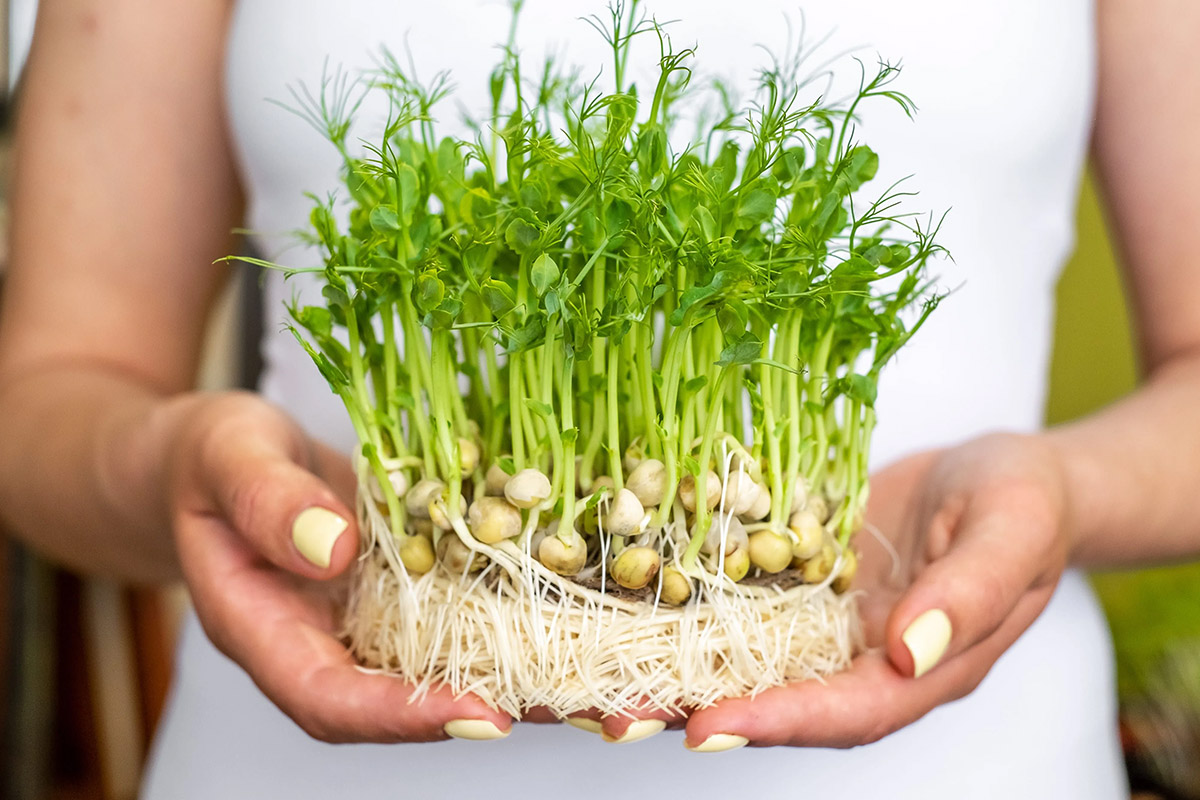
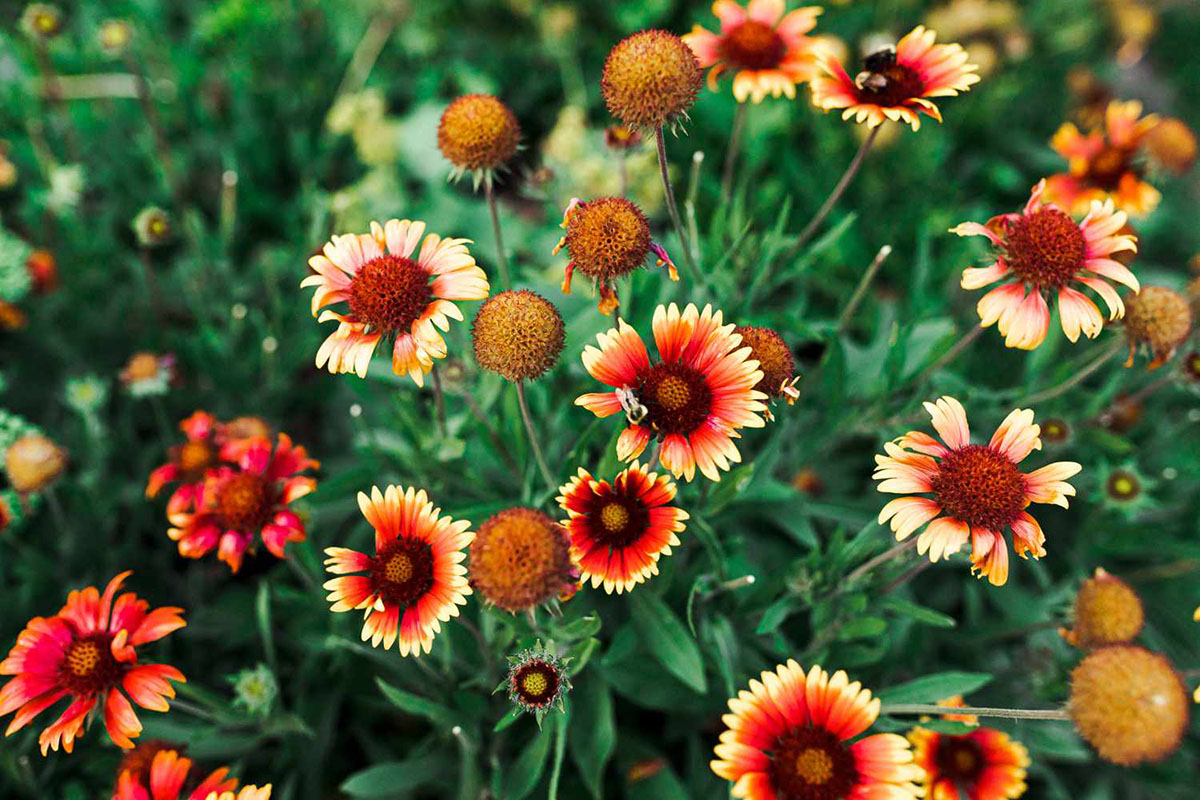
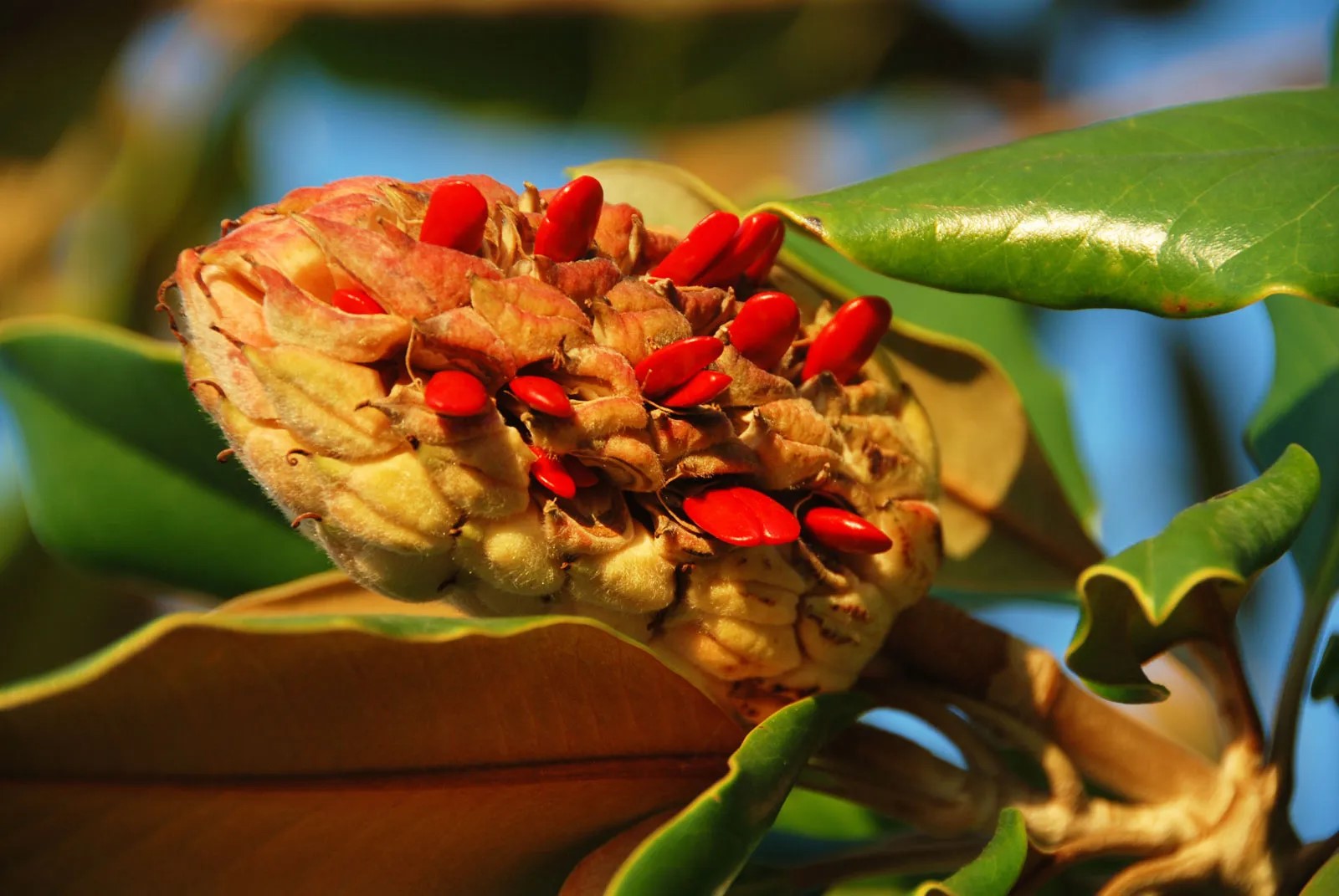

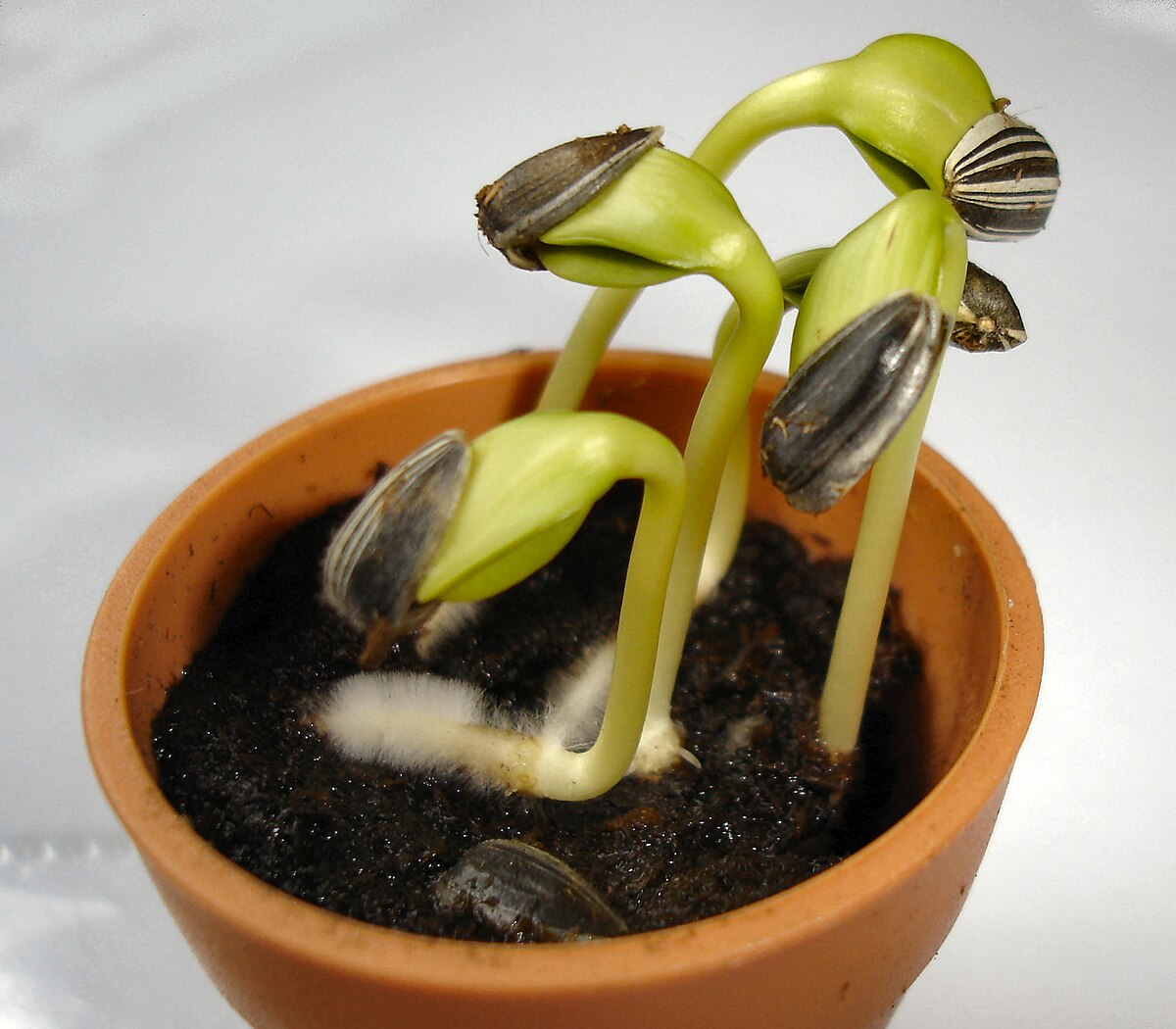
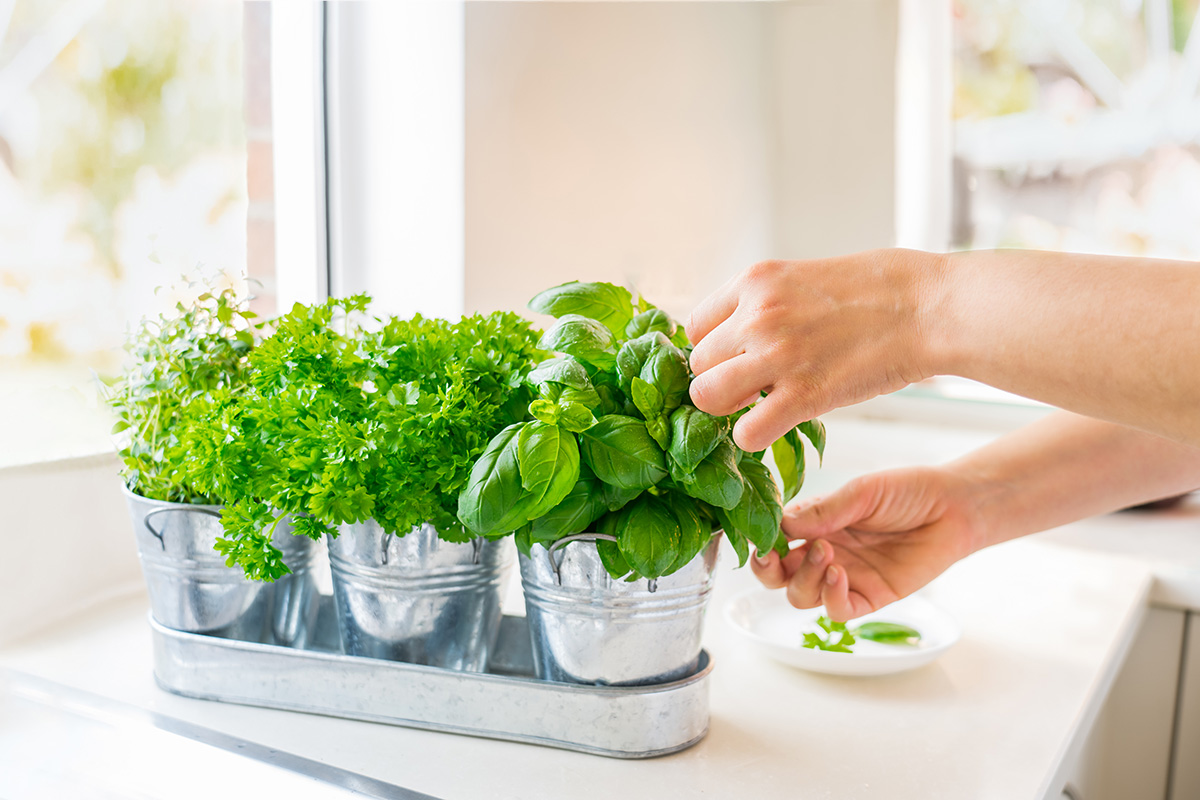
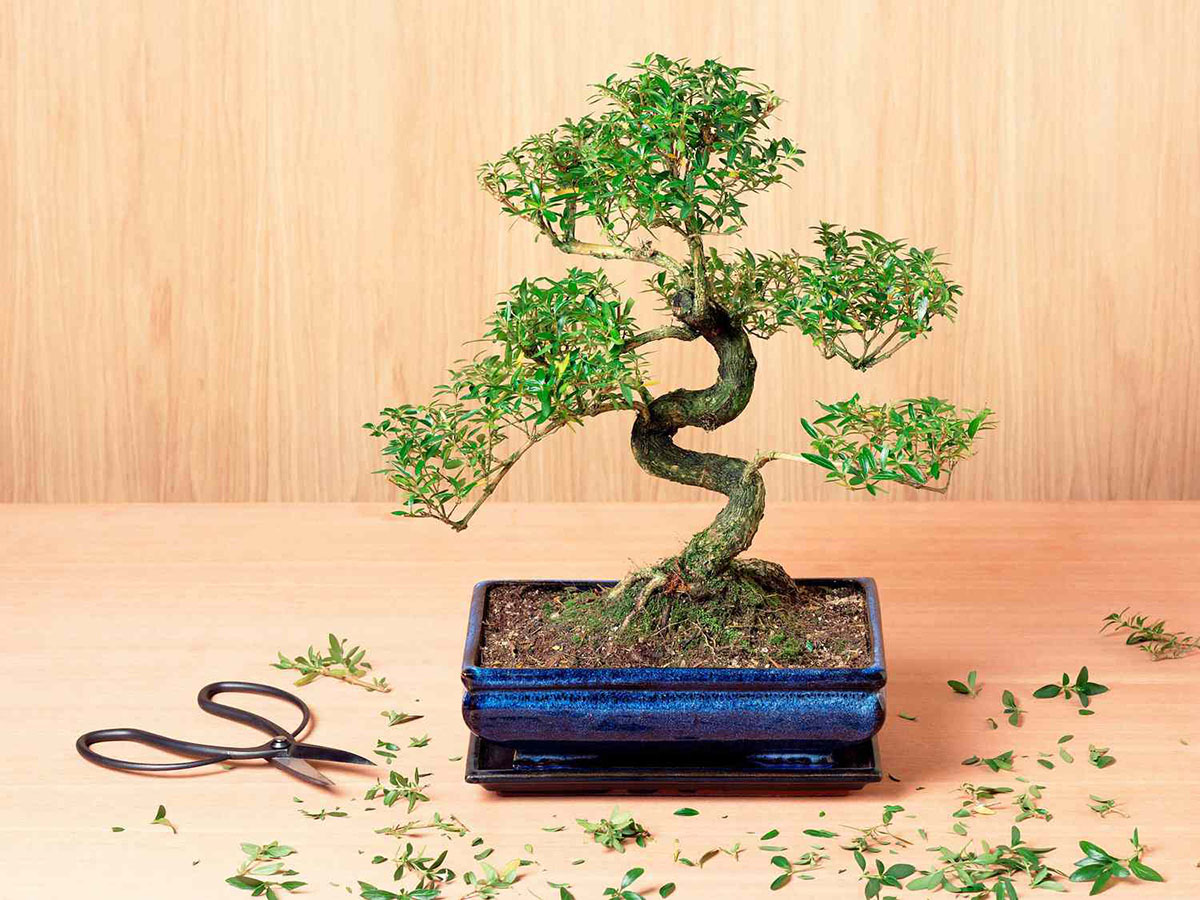
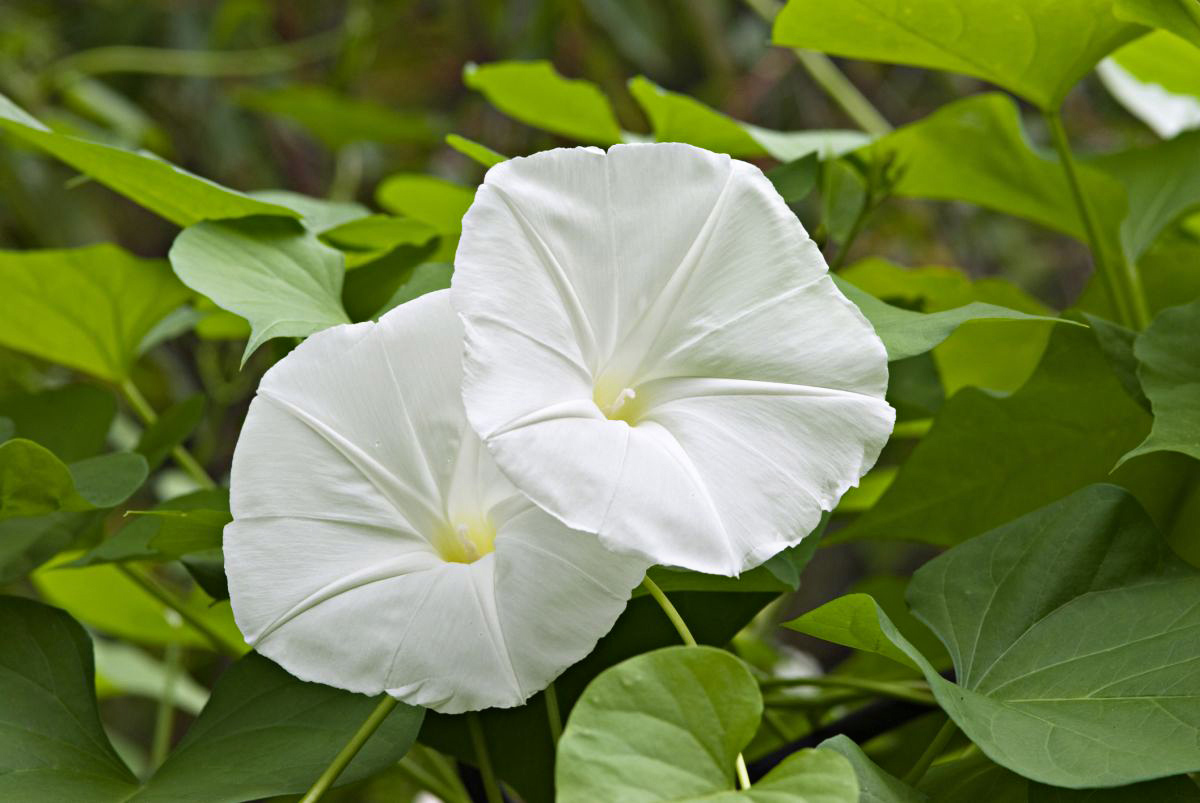




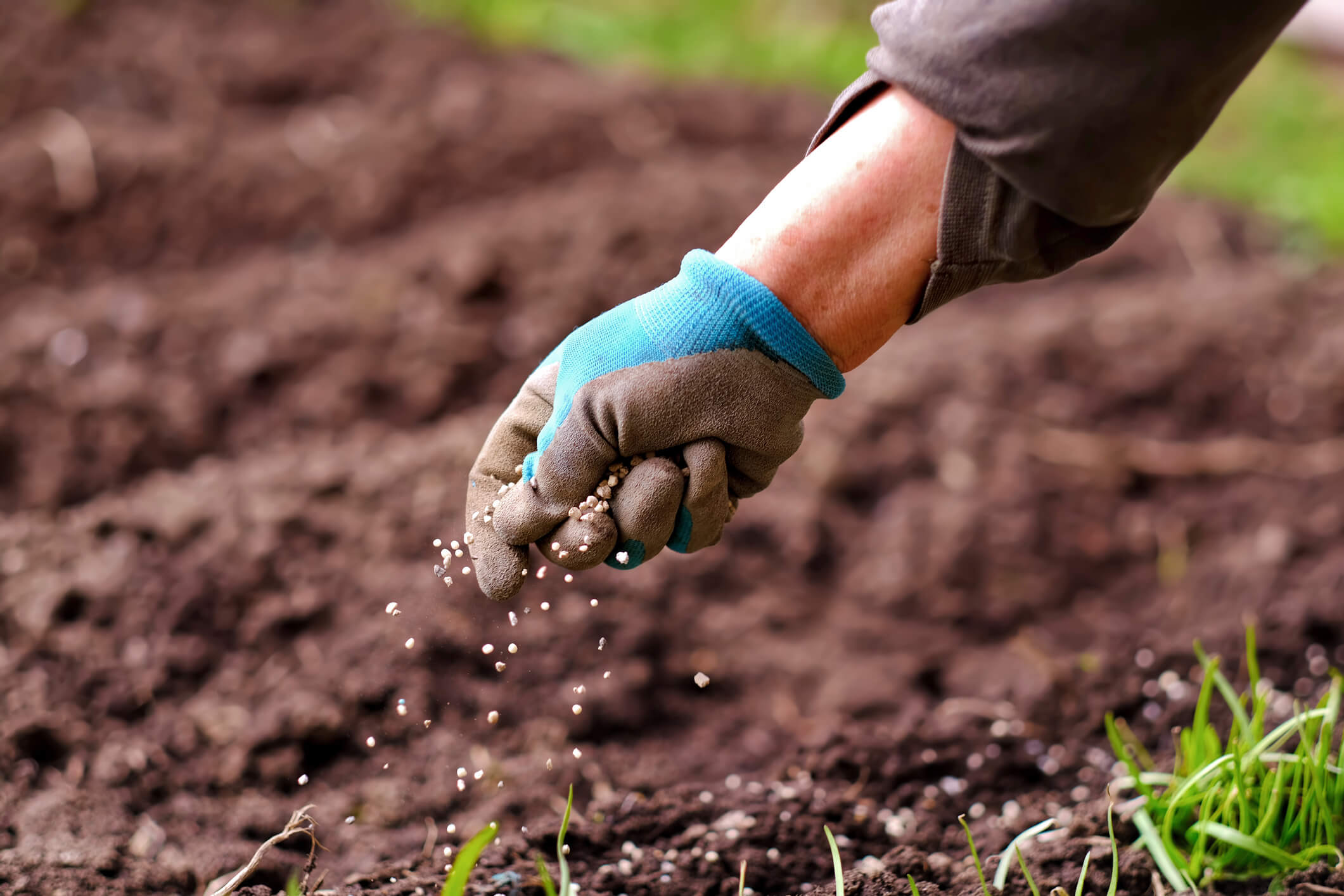


0 thoughts on “What Does Germinate Mean In Plants Of Flowers”